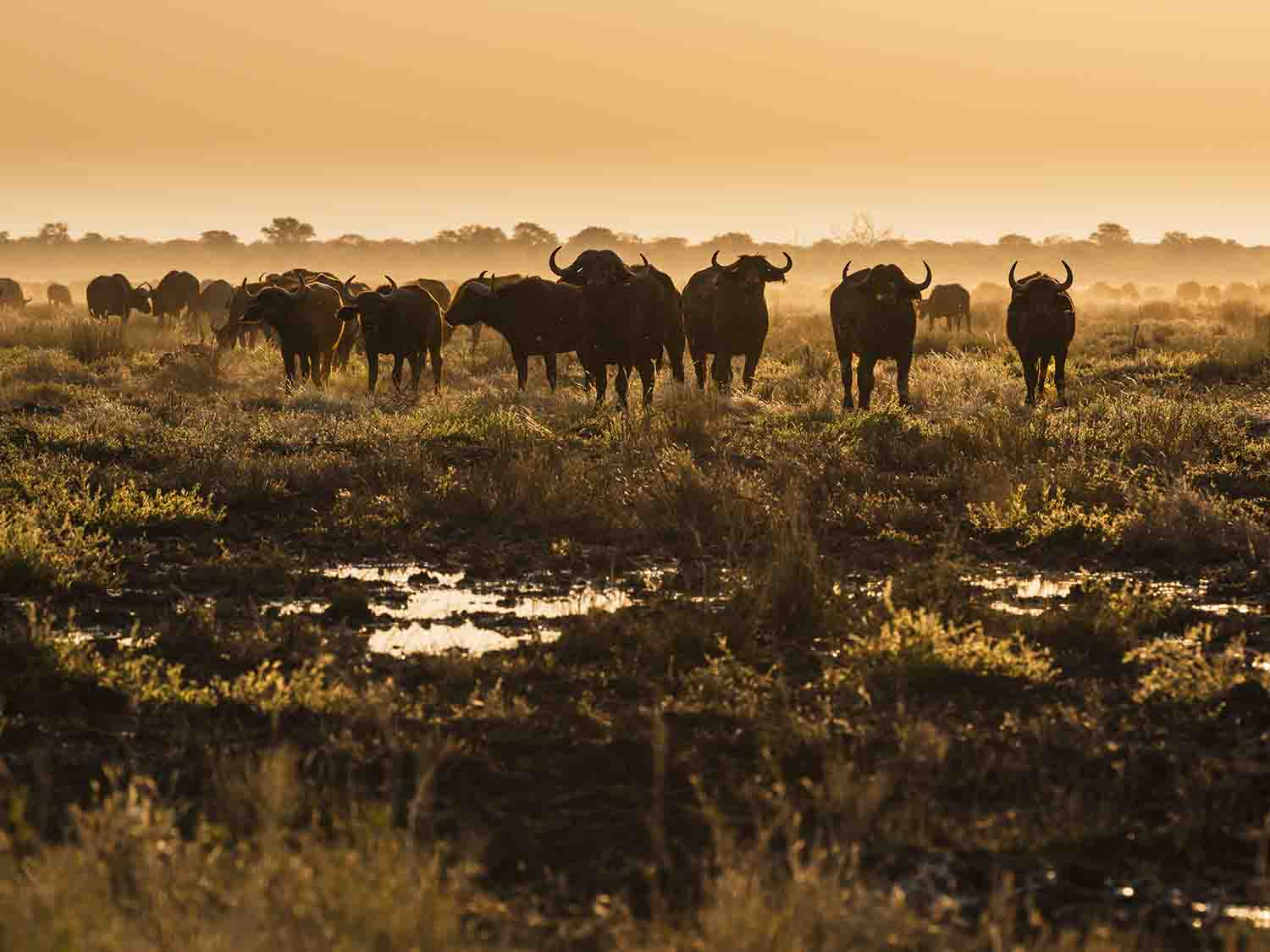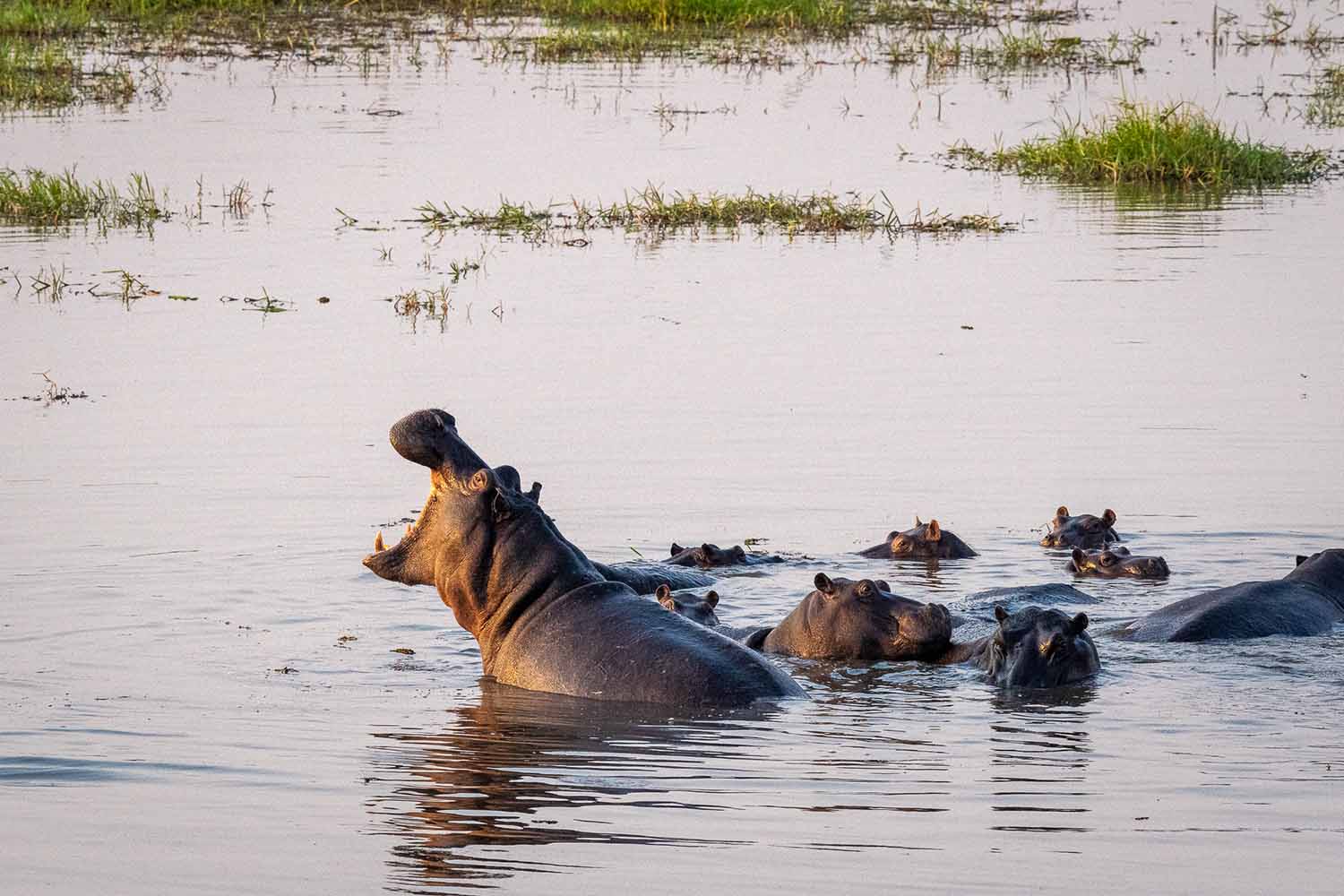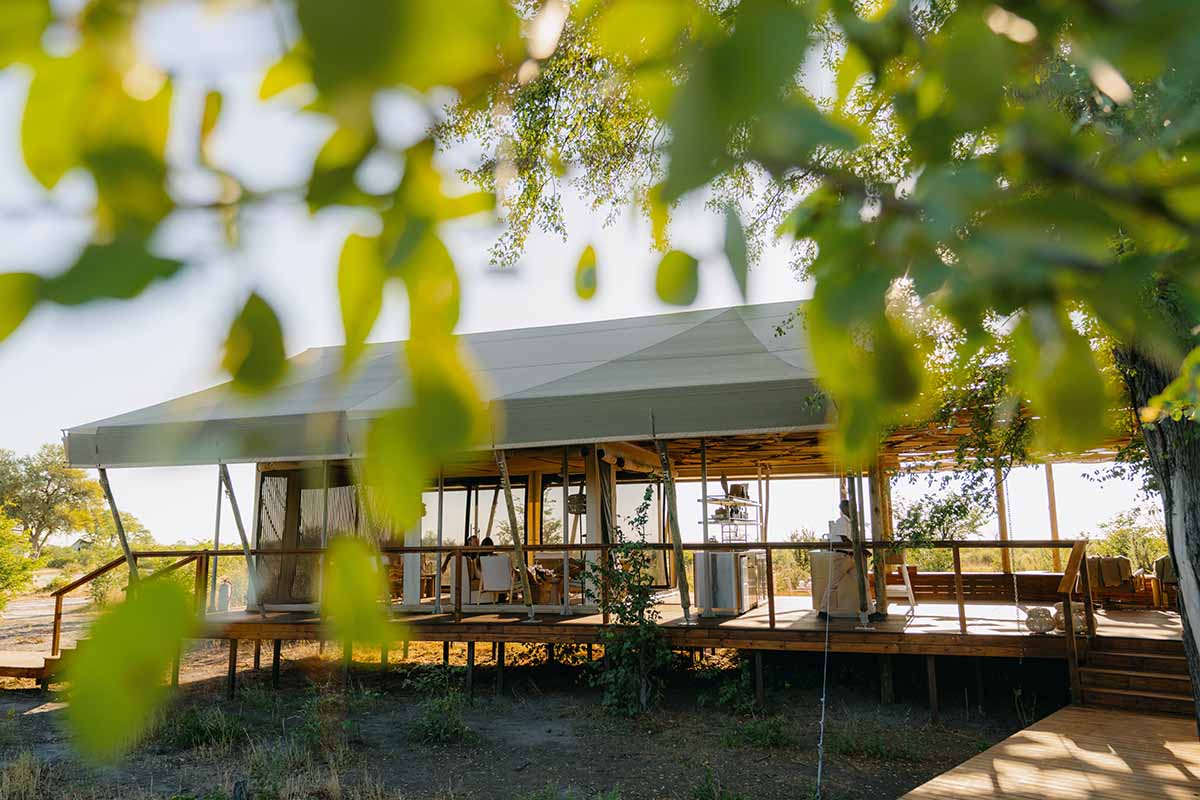An untamed Botswana safari
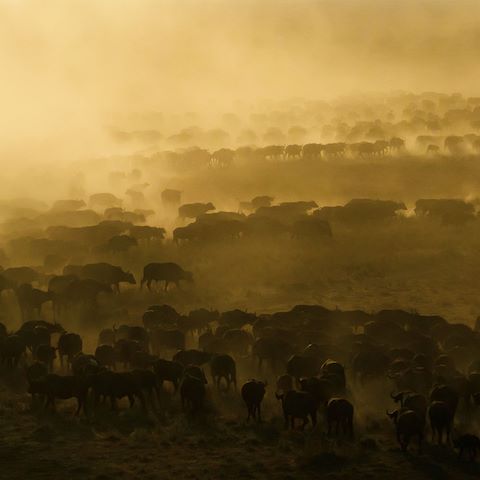
Venturing into wild Botswana
The life-giving waters of the Marsh
The home of Wilderness Mokete
Southern pied babbler
African marsh harrier – juv.
Secretarybird
White-backed vulture
African hawk eagle
Southern yellow-billed hornbill
Red-billed quelea flock
01 /
07
An abundance of wildlife
01 /
07
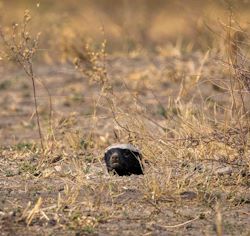

Let’s plan your next journey
Ready?
When we say we’re there every step of the way, we mean it, literally. From planning the perfect circuit, to private inter-camp transfers on Wilderness Air, and easing you through Customs. We’re with you on the ground, at your side, 24-7, from start to finish. Ready to take the road less travelled? Contact our Travel Designers to plan an unforgettable journey.
